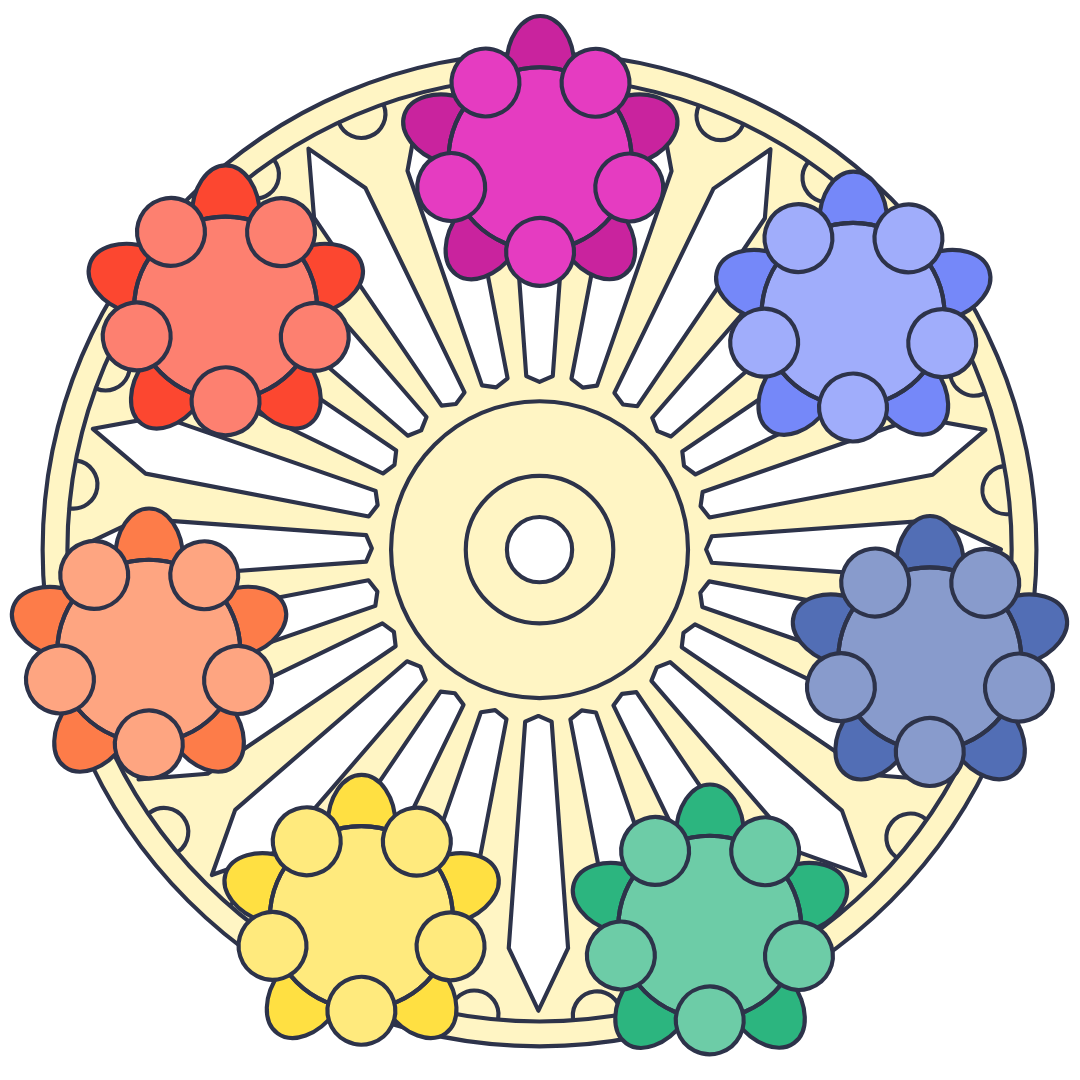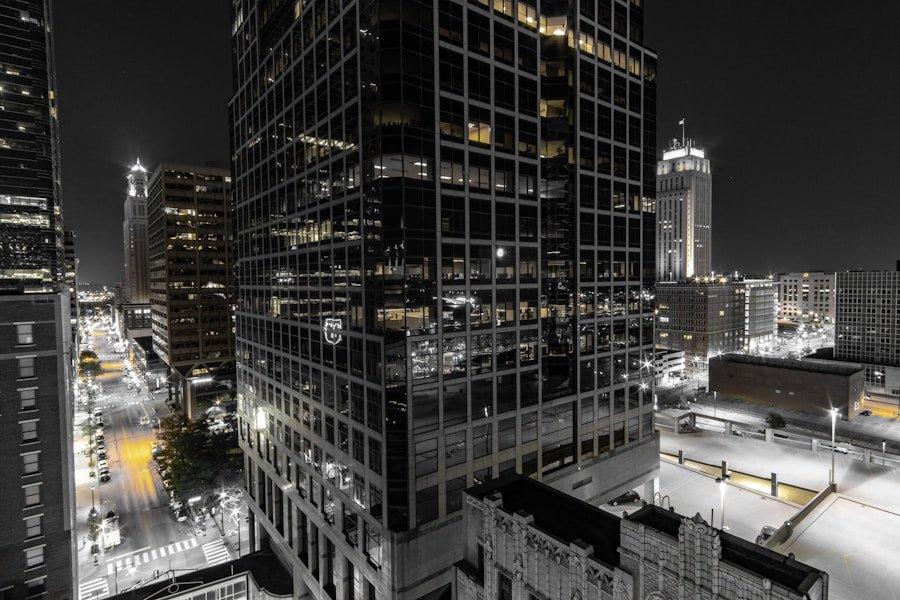Abu Dhabi, the capital of the United Arab Emirates, is a city steeped in rich history and culture. Its narrative is one of resilience, progress, and a deep connection to tradition. The story of Abu Dhabi is one that has been shaped by its people, its landmarks, and its traditions. From the ancient Bedouin way of life to the modern, cosmopolitan city it is today, Abu Dhabi’s narrative is a tapestry of vitality and circular storytelling that continues to captivate and inspire.
Vitality as a Key Element in Abu Dhabi’s Storytelling
Vitality is a key element in Abu Dhabi’s storytelling. It is the life force that pulses through the city, driving its growth and evolution. From the bustling streets of the souks to the shimmering skyscrapers that dot the skyline, Abu Dhabi exudes an energy that is palpable. This vitality is reflected in the city’s diverse population, its thriving economy, and its vibrant arts and culture scene. It is this vitality that has allowed Abu Dhabi to carve out a unique identity for itself on the global stage, and it continues to be a driving force in shaping the city’s narrative.
The concept of vitality can also be seen in Abu Dhabi’s natural landscape. The city is surrounded by stunning desert dunes, crystal-clear waters, and lush oases, all of which contribute to its sense of vibrancy and life. The natural beauty of Abu Dhabi serves as a constant reminder of the city’s vitality, and it is a source of inspiration for artists, writers, and storytellers who seek to capture the essence of the city in their work.
The Concept of Circular Storytelling in Abu Dhabi’s Culture
Circular storytelling is a fundamental aspect of Abu Dhabi’s culture. It is a storytelling tradition that has been passed down through generations, shaping the way in which the city’s history and traditions are preserved and shared. In circular storytelling, the narrative comes full circle, with each story building upon the last to create a rich and interconnected tapestry of tales. This approach to storytelling allows for a deeper understanding of Abu Dhabi’s history and traditions, as it emphasizes the interconnectedness of all aspects of the city’s narrative.
Circular storytelling can be seen in many aspects of Abu Dhabi’s culture, from its oral traditions to its visual arts and literature. The stories of the city’s founding fathers, its ancient traditions, and its modern achievements are all woven together in a continuous loop, creating a narrative that is both timeless and ever-evolving. This approach to storytelling allows for a more holistic understanding of Abu Dhabi’s culture, as it emphasizes the importance of continuity and interconnectedness in shaping the city’s identity.
Exploring the Vitality of Abu Dhabi’s Landmarks and Architecture
Abu Dhabi’s landmarks and architecture are a testament to the city’s vitality. From the iconic Sheikh Zayed Grand Mosque to the futuristic Etihad Towers, the city’s skyline is a reflection of its energy and ambition. The architectural marvels that dot the cityscape serve as symbols of Abu Dhabi’s progress and modernity, while also paying homage to its rich cultural heritage. The vitality of these landmarks is evident in their grandeur and scale, as well as in the way they have become integral parts of the city’s identity.
The vitality of Abu Dhabi’s landmarks can also be seen in their ability to draw visitors from around the world. The Sheikh Zayed Grand Mosque, in particular, has become a global icon, attracting millions of visitors each year who come to marvel at its beauty and grandeur. This influx of tourists not only contributes to the city’s economy but also serves as a testament to the enduring vitality of Abu Dhabi’s landmarks and architecture.
Embracing Circular Storytelling in Abu Dhabi’s Art and Literature
Circular storytelling is deeply ingrained in Abu Dhabi’s art and literature. The city’s artists and writers have long embraced this tradition as a way to explore and preserve its rich cultural heritage. Through their work, they seek to create a narrative that is both timeless and ever-evolving, reflecting the interconnectedness of Abu Dhabi’s history and traditions.
In Abu Dhabi’s art scene, circular storytelling can be seen in the way artists draw inspiration from the city’s past while also exploring new and innovative ways to express its vitality. From traditional calligraphy to contemporary installations, Abu Dhabi’s artists use their work to create a dialogue between past and present, weaving together a narrative that is both rooted in tradition and open to new interpretations.
The Relationship Between Vitality and Circular Storytelling in Abu Dhabi’s Traditions and Festivals
Abu Dhabi’s traditions and festivals are a celebration of its vitality and circular storytelling. From the annual Qasr Al Hosn Festival to the vibrant celebrations of Eid al-Fitr, these events serve as a reminder of the city’s rich cultural heritage and its enduring spirit. Through music, dance, food, and art, these traditions and festivals bring people together to share in the collective narrative of Abu Dhabi.
The relationship between vitality and circular storytelling can be seen in the way these traditions and festivals evolve over time while still remaining rooted in tradition. Each year, new elements are added to these celebrations, reflecting the city’s ongoing growth and evolution. At the same time, these events pay homage to Abu Dhabi’s history and traditions, creating a sense of continuity that is essential to circular storytelling.
Embracing the Narrative of Abu Dhabi through Vitality and Circular Storytelling
In conclusion, Abu Dhabi’s narrative is one that is shaped by vitality and circular storytelling. From its landmarks and architecture to its art, literature, traditions, and festivals, the city’s story is one of resilience, progress, and a deep connection to tradition. By embracing these elements, Abu Dhabi continues to carve out a unique identity for itself on the global stage, captivating and inspiring all who are drawn into its narrative. As the city continues to evolve and grow, its narrative will undoubtedly continue to be shaped by vitality and circular storytelling for generations to come.

